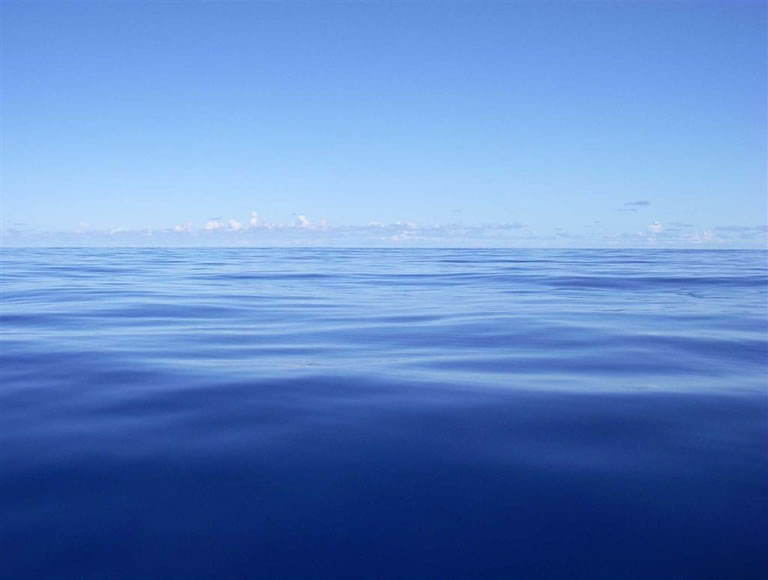I've been watching this and don't have much good to say about it. I'm curious to hear opinions from the Scantlings crew, since you all seem to be a bit smarter than the average bear. Here's my take, feel free to tell me why I'm wrong:
While I will be happy to be proven wrong, I think this project is doomed to failure in that it will collect and kill much more biological by-catch than plastic. The project literature hand-waves away the by-catch problem by claiming that the marine life will swim away from the nets. Much of the life in the top few meters of the sea is in the form of jellies and other small drifting creatures, which are fragile and cannot just "swim out of the way".
The amount of plastic actually collected will be minuscule, and the project itself is letting people believe that they're "doing something". I suppose it could be useful as a science experiment, but that's not how it is being promoted. Instead, it is being hailed as a solution.
And the use of photos like this one above (probably in some bay near a river outflow in Asia) when discussing the gyres is grossly and I suspect deliberately misleading. When someone sees that photo, they can easily believe that a floating net (the "Ocean Cleanup Project" will work. They also promote hairbrained schemes such as that proposed self-propelled harvester that collects the floating plastic, converts it at sea to a diesel-like fuel used to power itself. These systems could possibly work if you placed them in that floating trash collection, but that's not the proposal.
This is what I've typically seen from the NPAC Gyre:

Yes, there is some plastic here and there, and no doubt more below the surface (much of it tiny bits), but there is also a lot of plant and animal live in the first few meters as well.
This project was conceived by an 18-year old Boyan Slat. Wikipedia says this about him:
a Dutch inventor, entrepreneur and Aerospace Engineering student drop-out
This by no means makes it a bad idea, and even naive ideas can turn out well. But any serious study took place well after the online fundraising (over $20 million as of last year).
And no doubt the by-catch will be minor in the grand scheme of things. But so will be the plastic collection. If this design is scaled up to where it makes a measurable dent in the pollution, then the by-catch will become quite serious.
Again, my opinion is solely based on my time at sea in the gyre region, hanging over the side of my boat and looking into the depths. My crew and I have spend many weeks with NOAA marine debris survey forms in our hands, logging any visible debris as we transited the region. We even carried NOAA debris researchers on one of our passages. But I haven't studied the "Ocean Cleanup" design beyond looking at what they have posted on their website.
So I could be wrong.
But look at how this is being wildly oversold. This is from an investment newsletter, no doubt parroting an Ocean Cleanup press release (https://born2invest.com/articles/oce...ject-tow-test/):
The project will essentially take care of the Great Pacific Garbage Patch by using passive floating barriers and the ocean’s natural gyres. The latter will then sweep up the plastic into 2,000-foot long arms of the barriers to help secure the garbage in place. The team behind the project remains confident in its endeavor, and it hopes to clean up half of the pile in about five years.
I suspect that once the project got rolling, had received adoring publicity, and obtained millions of $$$ in donations, even if the founders discovered the truth about the conditions they were actually going to encounter they were in too deep to stop and re-think their approach.
But that's merely my suspicion, knowing how the steamroller-effect works in real life. I could be wrong.
The collection device was towed under the Golden Gate Bridge last week, and is currently parked a few hundred miles offshore for a two-week trial before taking it to the Gyre:
I'm tracking it by satellite AIS reception, through Marinetraffic.com